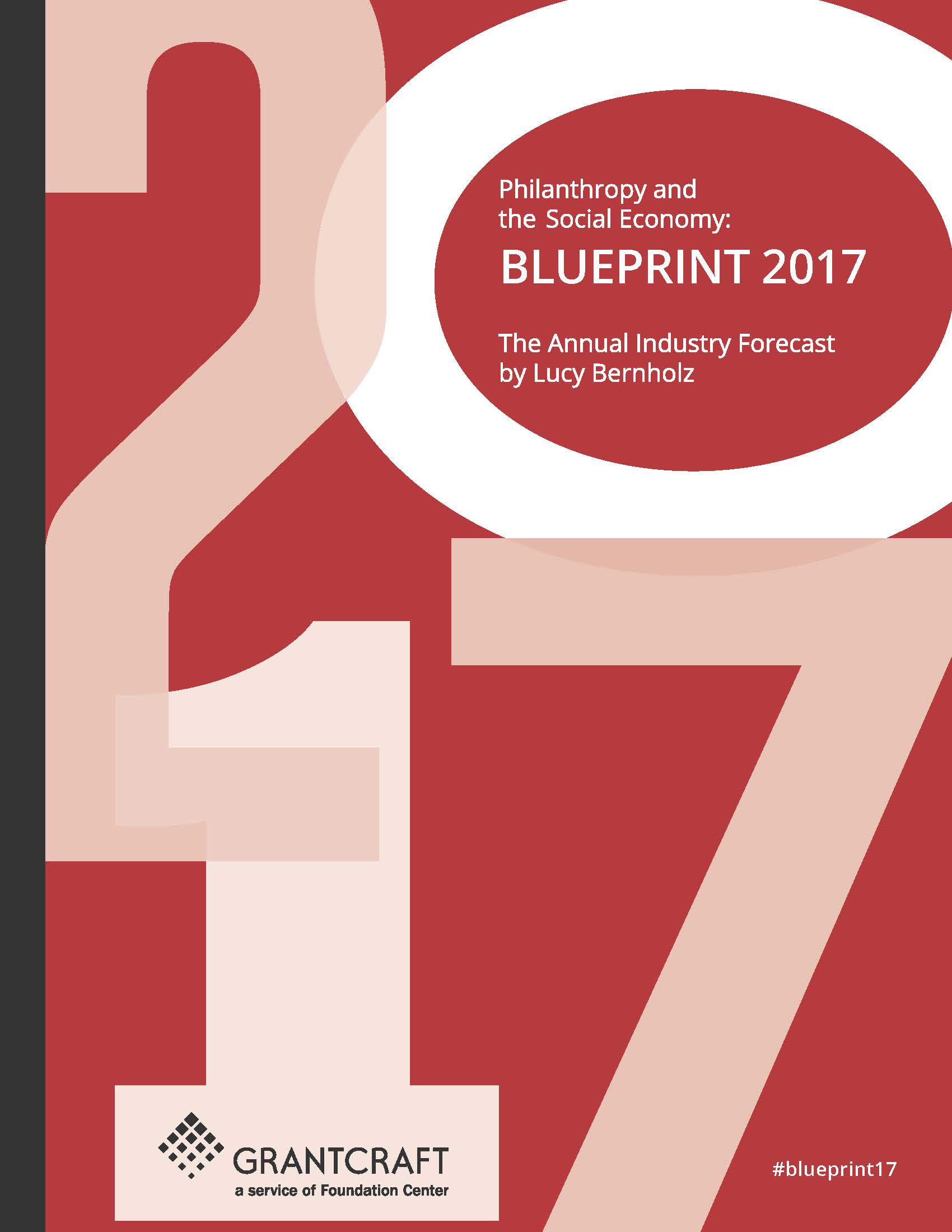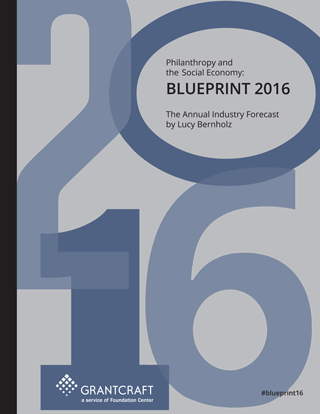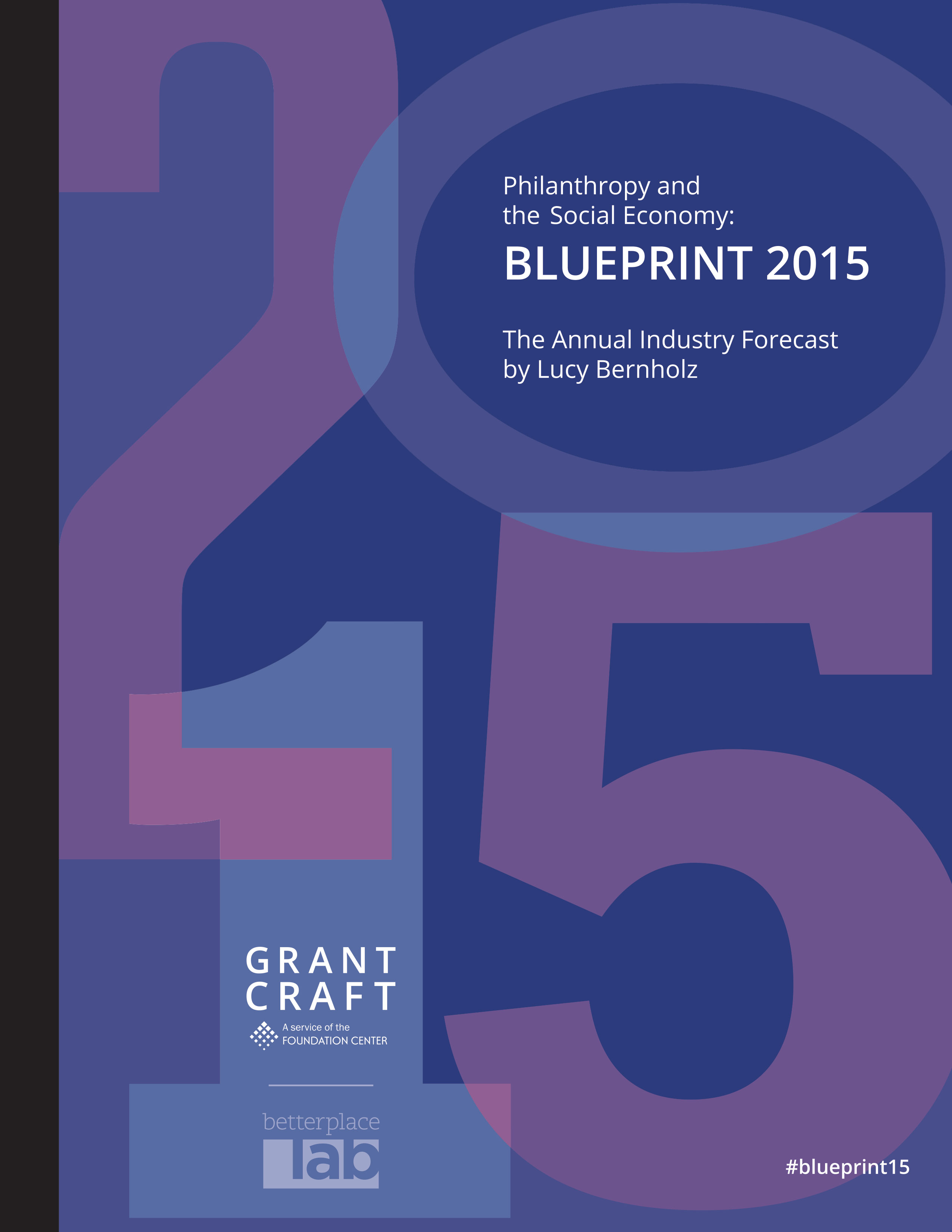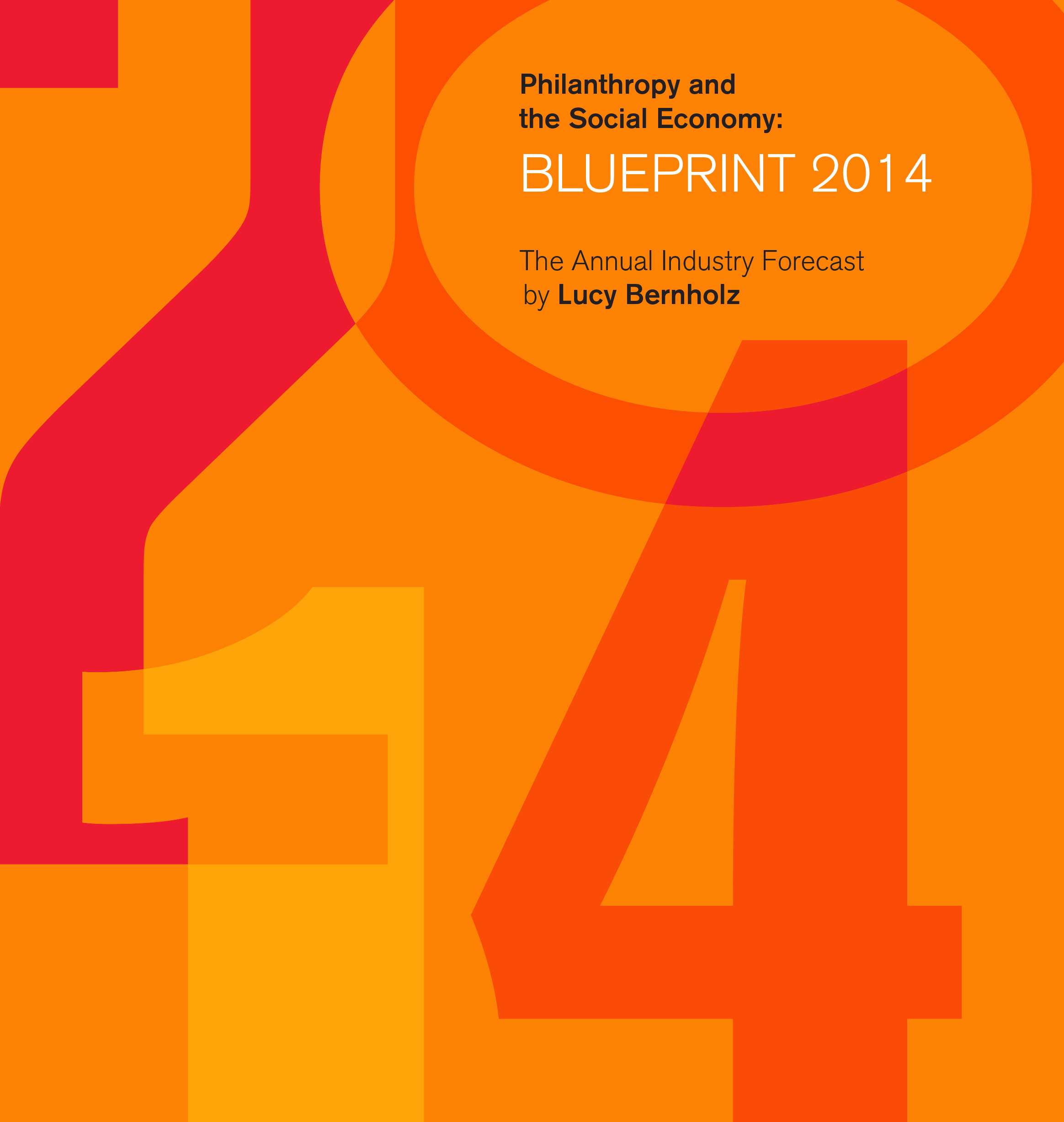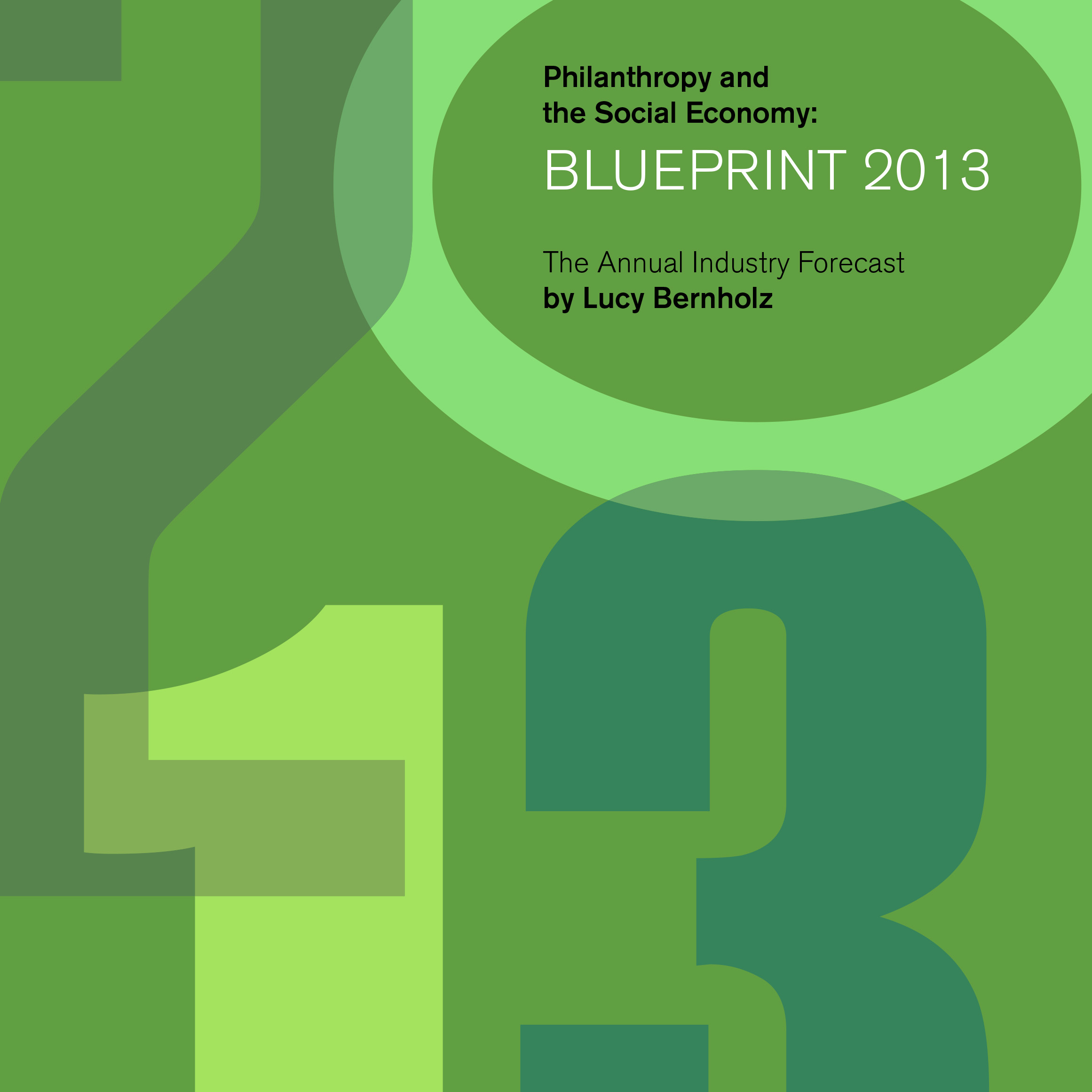It Really Is About the Infrastructure
Fundamentally, civil society in both physical and digital realms rests on a set of principles— protected as rights in many places (including the U.S.)—of free assembly, free expression, and privacy. And it depends on norms of human behavior, such as the desire to help, offers of mutual assistance, and charitable acts. The laws that we put in place to protect these principles, rights, and norms are the infrastructure of civil society. Because civil society also rests on a digital infrastructure, organizations—nonprofits and foundations—need to understand how digital data and infrastructure work and how to use them within civil society’s infrastructure of principles and norms to achieve their social purpose.
Why does this matter? If we confuse the real infrastructure of digital civil society—free expression, assembly, and privacy—for the industry support organizations that we’ve established to support the practices of philanthropy and nonprofits, we miss the real threats to civil society. As ever, those threats come in the form of limits on association, expression, and privacy. The source of those threats is different today from in previous eras. Governments can threaten civil society, as they always have, through action and inaction. Today, the companies that manage the physical infrastructure and the software portals to digital exchange also serve as a threat. In his 2016 book, Free Speech, Timothy Garton Ash uses a common animal hierarchy to visualize this order: Governments are the big dogs; private superpower companies are the big cats; and we, the people, are the mice.
If we want civil society—the voluntary use of private resources for public benefit—to thrive, we need to protect the principles that enable it to exist in digital space. Civil society requires an independent space—near to, but not in, the realm of either government or marketplace. The majority of our digital systems (from email systems to cloud storage, transmission protocols to wireless spectrum) are commercially owned and government surveilled. In today’s digital world, there is no independent space for civil society.
Takeaways are critical, bite-sized resources either excerpted from our guides or written by Candid Learning for Funders using the guide's research data or themes post-publication. Attribution is given if the takeaway is a quotation.
This takeaway was derived from Philanthropy and the Social Economy: Blueprint 2017.

